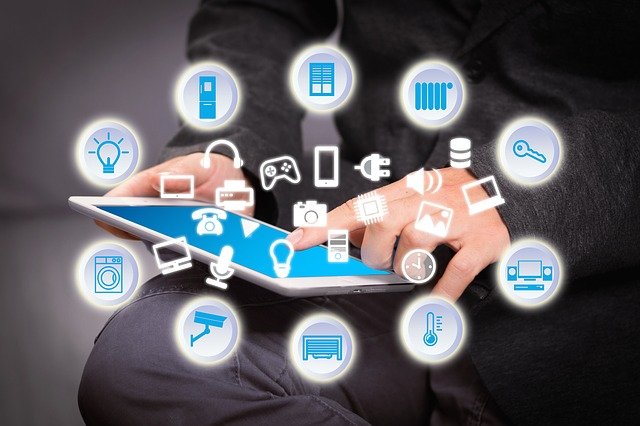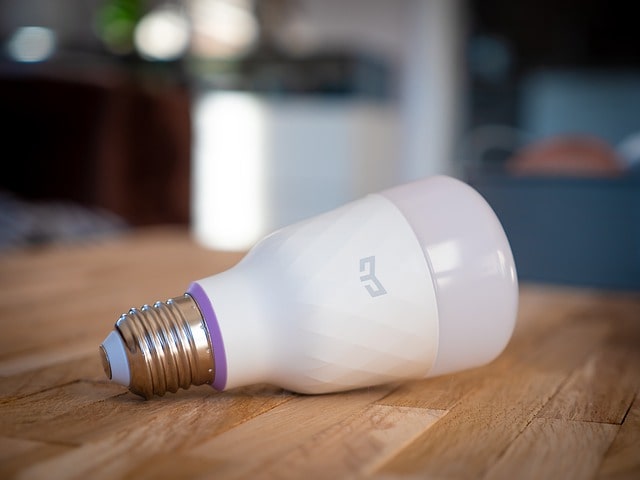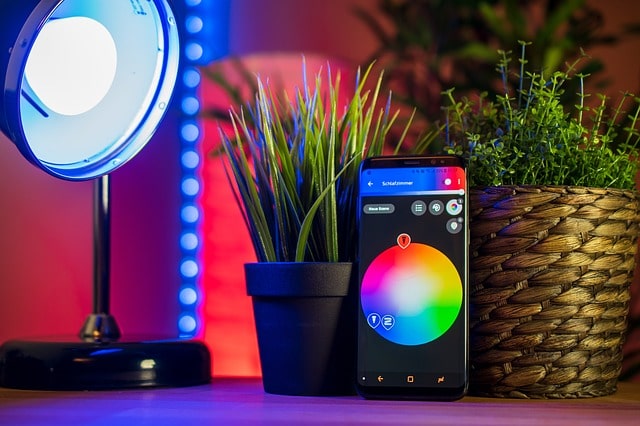“Smart houses” and renewable energy
We are gradually becoming aware of the environmental damage that has occurred over the previous few centuries. Slowly, but surely, humanity moves toward a more sustainable economy that reduces our reliance on fossil fuels. In this context, our homes, and the way we build them, will play an even more significant role in ensuring that we have a sustainable future.
The very concept of a “smart home” has been known in the world for a long time. When planning its construction, the evaluation of how much it will contribute to protecting the environment should be done. The quantity and the type of energy it will use should be considered as well. Preference is given to alternative types of energy from sources like wind, sunshine, and tidal energy.
Such houses are created not only to make homes more comfortable and safe. An equally important reason is the desire to save on electricity. For example, researchers at the University of Colorado estimated that in the United States, about a quarter of “smart homeowners” are considering installing solar panels or small wind turbines in their households. The number of such households will only grow, and this trend is already visible.

Of course, creating such houses from scratch is much easier. It can be trickier to remodel existing buildings. However, the question of whether this should be done does not arise. Many countries, including Great Britain and Germany, are going to pass laws making the universal transition to the construction of “smart homes” on renewable energy mandatory. By 2022, the European “smart home” market is predicted to expand from $23.2 billion to $39.6 billion.
What does the concept of a “smart home” include? First, it is a system of smart thermostats. These thermostats are already available from Hive and Nest, for example. They learn the “heating habits” of your home and can be managed directly from your smartphone or even monitor your coming and going, switching the heating on and off consequently.
The next option is “smart lightning.” “Smart bulbs” can control the lightning, while “smart window shades” can open and close in a pre-programmed time. While the initial cost of “smart bulbs” is rather high compared to traditional ones, they have a longer life expectancy and save money efficiently. On average, “smart bulbs” last 20,000 hours. They are also very versatile and have many customization options, like turn on automatically with a morning alarm and many others. Both lamps and shades can be customized, scheduled, or controlled remotely. They save energy, regulate consumption, and as a result, lower expenses.

The building materials have a significant role in ensuring that the home is well-insulated and maintains heat properly. Insulation is crucial in keeping the energy efficiency of “smart homes.” The best example of this approach is the Passivhaus. The Passivhaus design was invented in southwest Germany to develop an airtight, super-insulated home that manages its temperature without the use of a traditional heating system.
Today, Germany is one of the most important markets for European "smart houses." Siemens AG, Robert Bosch GmbH, and some other companies are among the leading manufacturers of "smart home" equipment. A wide range of “smart home appliances” such as washers, dryers, and even microwave ovens cater to the needs of the most demanding users.
The environmental design compliments “smart home” systems greatly as well. It is ideal to use recovered, recycled, and natural materials. Bamboo, for example, is a great choice for “smart house” design and decoration. It is abundant and grows swiftly, unlike other trees, which might take decades to mature.

Many homeowners are thinking about switching to alternative energy generation. The cost of installing solar panels is beginning to reduce as technology advances. Presently, residential users consume about 40 % of the total generated energy, and approximately 30–40 % of carbon emission is caused by residential areas. The inefficient use of electrical energy brings sustainability issues to the forefront.
Summing up we have to admit that “smart home” technology has improved rapidly in the past years and proceeds to develop confidently. Underfloor heating using solar thermal panels, “smart detectors”, “smart plugs”, and water-saving devices are not a fantasy anymore.
The sustainable homes of the future will come in many shapes, sizes, and materials – from small nature cabins to innovative, stylish, state-of-the-art city homes. These homes will meet the needs and wants of their inhabitants without harming the environment. However, so far, they have several drawbacks to be overcome, namely - limited awareness of “smart homes” and their high cost.
